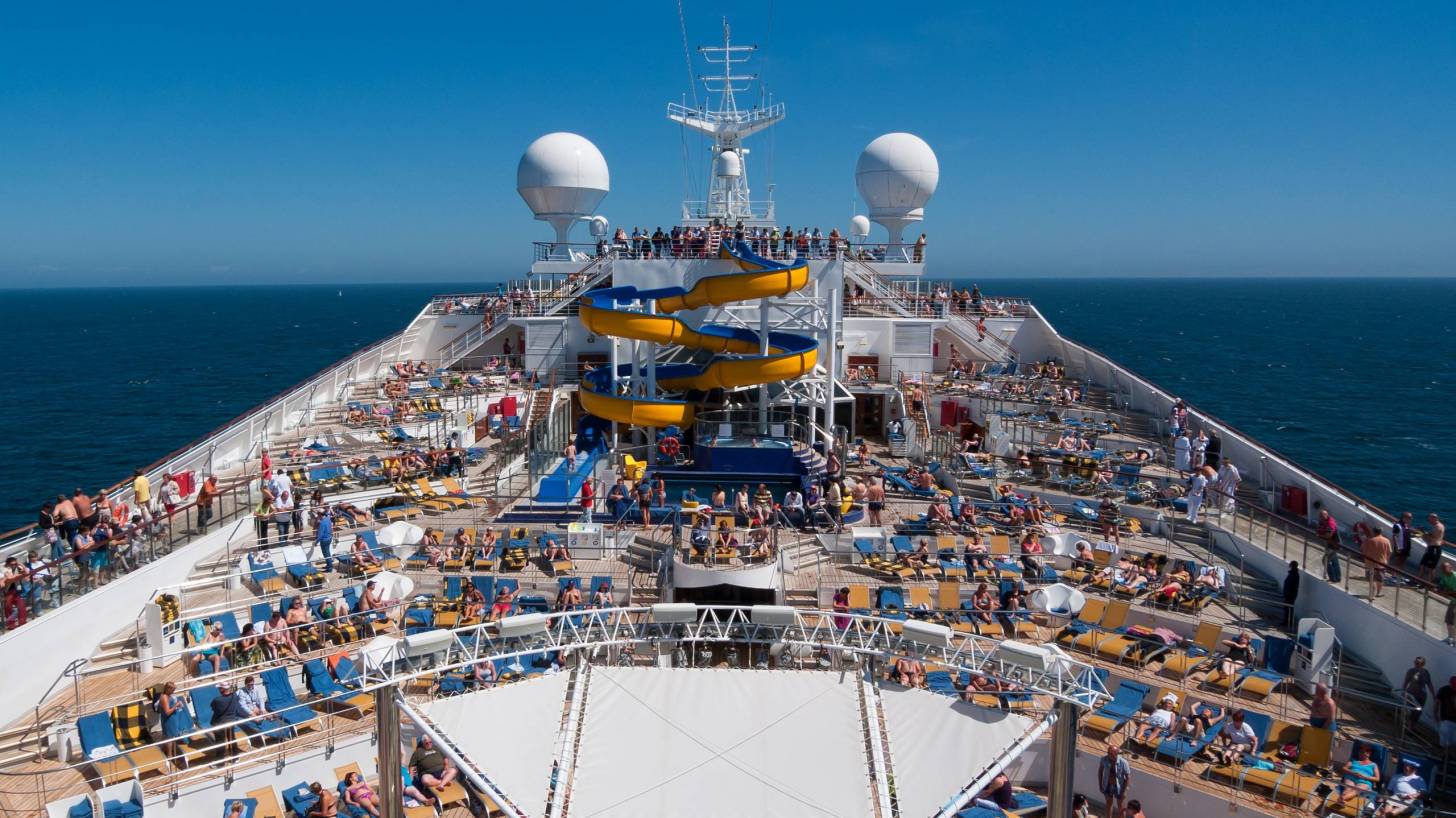Will Your Next Cruise Ship Pass a Health Inspection?

Booking a vacation cruise? Might want to check out your cruise line "health report".
During 2017, cruise lines sailing from US ports failed their sanitation inspections at the highest rate since the Centers for Disease Control and Prevention’s (CDC) Vessel Sanitation Program started holding cruise ships to its Operations Manual Guidelines.
The Vessel Sanitation Program at the CDC assists the cruise ship industry to prevent and control the introduction, transmission and spread of gastrointestinal illnesses on cruise ships.
Fifteen ships earned failing scores out of 255 inspections during 2017.
This compares with the average failure rate of just four ships a year, a Miami Herald analysis of the CDC’s Vessel Sanitation Program (VSP) reported.
Of the 11 ships that reported having a gastrointestinal disease outbreaks in 2017, only 2 ships also failed their sanitation inspections the same year.
In 2017, the VSP failures included five cruise ships from Doral-based Carnival Cruise Line, one from Miami-based Norwegian Cruise Line, one from Miami-based Oceania Cruises and one from Deerfield Beach-based Bahamas Paradise Cruise Line. A Caribbean ferry, Ferries Del Caribe’s Kydon, failed its inspection twice.
People often associate cruise ships with Acute Gastroenteritis (AGE) related illnesses.
But AGE illness is relatively infrequent on cruise ships despite their notoriety, says the CDC.
The rate of AGE illness on cruise ships has actually decreased over time.
Approximately 73.5 million passengers sailed on voyages that required a VSP report during 2008–2014.
During that period, 172,810 passengers and crew members met VSP’s case definition for acute gastroenteritis, accounting for 0.18% of passengers and 0.15% of crew members (outbreak and non-outbreak illnesses combined).
Among cruise ship outbreaks with clinical specimens tested, 92% were caused by norovirus, with enterotoxigenic E. coli the second most common etiologic agent.
Noroviruses are highly transmissible, can spread easily, especially in environments where persons live in close quarters such as long-term care facilities or dormitories and can remain infectious on environmental surfaces for long periods of time.
The enterotoxigenic E. coli outbreaks all occurred outside the United States on ships sailing back to the United States after visiting Central or South America.
Overall, 14,911 passenger and crew acute gastroenteritis cases were associated with norovirus outbreaks during 2008–2014; these accounted for only 0.01% of the estimated 140 million norovirus cases in the United States during that period.
Cruise lines all play an active role in the Vessel Sanitation Program’s continuation, by paying between $1,495 and $17,940 per inspection depending on the size of the ship.
The companies also help develop the VSP guidelines, which is a voluntary program.
According to the CDC, proper hand hygiene is vital to preventing outbreaks of acute gastroenteritis on cruise ships.
This is best accomplished by washing hands with soap and water because it allows for the mechanical removal of the virus from the hands. Alcohol-based hand sanitizer used alone has shown limited efficacy, but can be used in conjunction with handwashing with soap and water.
Our Trust Standards: Medical Advisory Committee
- Vessel Sanitation Program Manuals
- Acute Gastroenteritis on Cruise Ships — United States, 2008–2014
- Vessel Sanitation Program
- More cruise ships failed sanitation inspections in 2017 than any other year
- Enterotoxigenic E. coli (ETEC)
- Acute Gastroenteritis (AGE) on Cruise Ships, 2008-2014
- YOUR RESOURCE FOR THE OTHER INFORMATION ABOUT THE CRUISE INDUSTRY
- Effects and Clinical Significance of GII.4 Sydney Norovirus, United States, 2012–2013

























